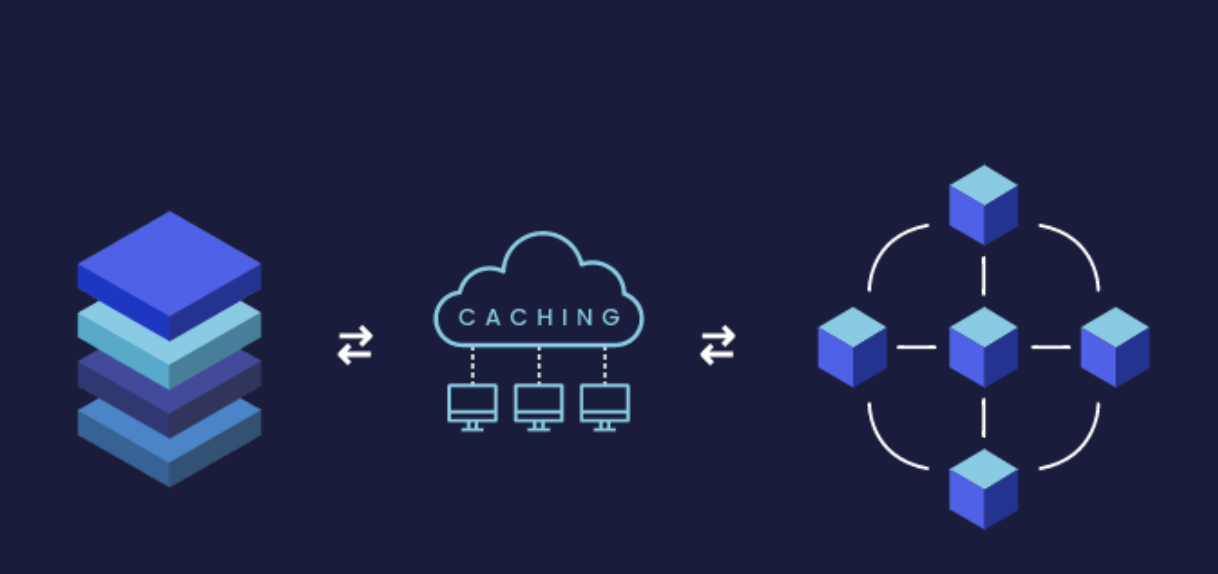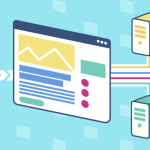
System design interviews have become an integral part of technical job interviews, particularly for roles that involve building scalable and efficient systems. One critical aspect of designing such systems is understanding caching and its various nuances. In this article, we will explore the fundamentals of caching, its importance in system design, and discuss some common short interview questions and answers related to caching.
Understanding Caching:
Caching is a technique used to store frequently accessed data in a temporary storage medium, such as memory, to improve system performance. It allows systems to retrieve data quickly, reducing the need to fetch it from slower storage devices like databases or remote services.
Types of Caches:
- Client-Side Caching: In client-side caching, the cache is maintained by the client (e.g., web browser). It stores responses from the server, such as HTML pages, images, scripts, and stylesheets.
- Server-Side Caching: Server-side caching involves caching at the server level. It can be implemented using technologies like Memcached or Redis, and it helps reduce the load on backend systems.
- Database Caching: Database caching focuses on caching query results, frequently accessed data, or even entire database tables. It can significantly improve database performance and reduce latency.
Common Caching Strategies:
- Time-based Expiration: Data in the cache is assigned a timestamp, and it remains valid until the timestamp exceeds a predefined threshold. This strategy ensures fresh data, but it may lead to cache misses if the data changes frequently.
- Least Recently Used (LRU): LRU caching discards the least recently used items when the cache is full. It prioritizes storing recently accessed data, assuming it is more likely to be accessed again in the near future.
- Write-Through and Write-Back: Write-through caching immediately writes data both to the cache and the underlying storage, ensuring consistency. Write-back caching, on the other hand, writes data to the cache and defers writing to the underlying storage, optimizing for write-heavy workloads.
Common Interview Questions and Answers on Caching:
- What is the purpose of caching in system design? Caching improves system performance by reducing the time and resources required to fetch frequently accessed data from slower storage mediums.
- What are the benefits of client-side caching? Client-side caching reduces the load on servers by storing static resources like HTML pages, images, scripts, and stylesheets locally on the client’s device. This allows for faster rendering and a better user experience.
- How does LRU caching work? LRU caching keeps track of recently accessed items in the cache. When the cache is full and a new item needs to be added, the least recently used item is evicted to make space for the new one.
- What is the difference between write-through and write-back caching? Write-through caching immediately writes data both to the cache and the underlying storage, ensuring consistency. Write-back caching writes data to the cache first and defers writing to the underlying storage, optimizing for write-heavy workloads.
Author’s Note:
Caching plays a crucial role in building scalable and efficient systems, and mastering its concepts is essential for excelling in system design interviews. We have covered the fundamentals of caching, different caching strategies, and answered some common short interview questions.
Did we miss any caching-related topics or questions you’d like to discuss further? We encourage you to share your thoughts, insights, and additional questions in the comments section below. Let’s engage in a lively discussion and learn from each other’s experiences!
Remember, effective caching can be a game-changer in system design, and continually expanding our knowledge and understanding will help us become better engineers in this domain.
Happy caching, and best of luck in your system design interviews!







